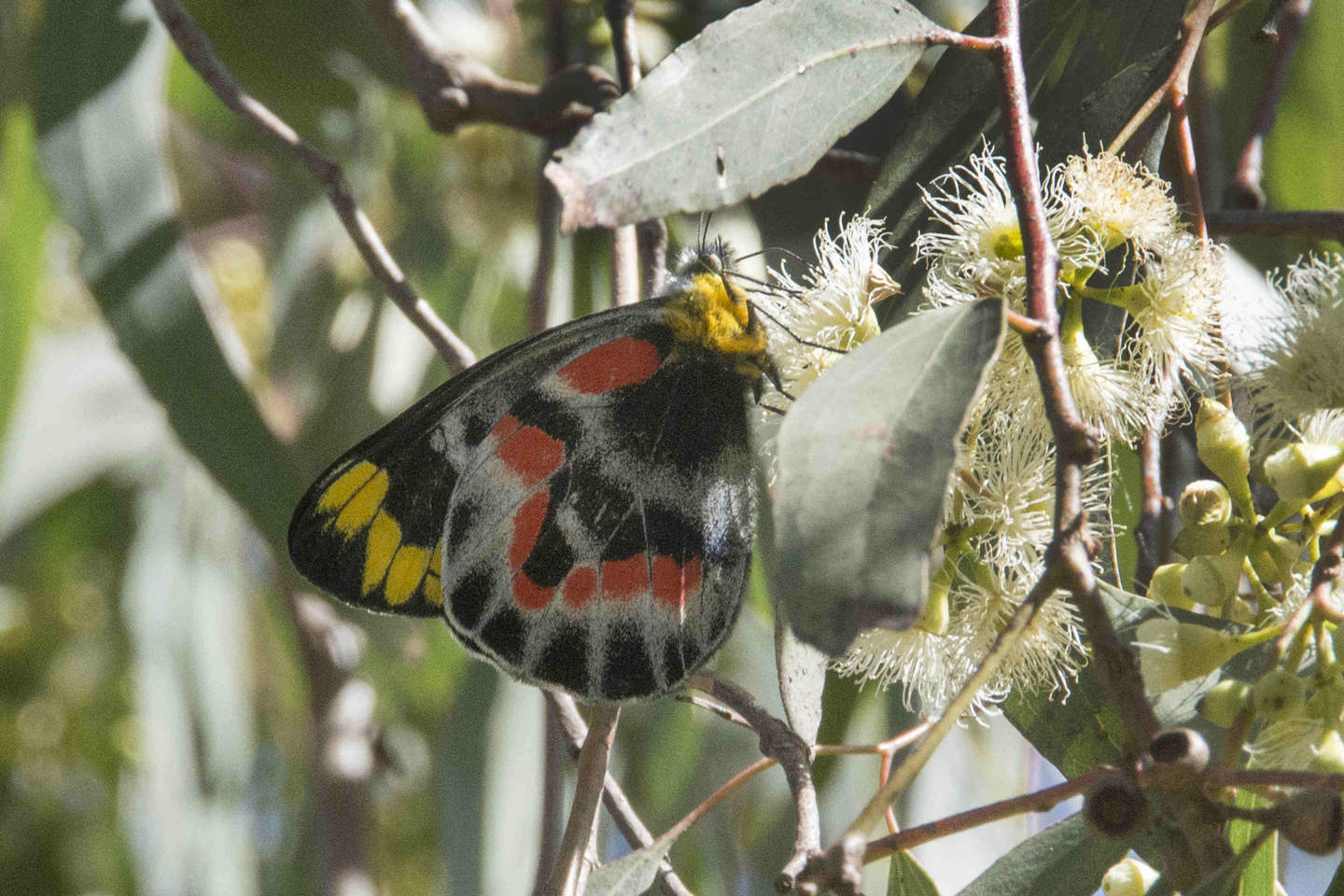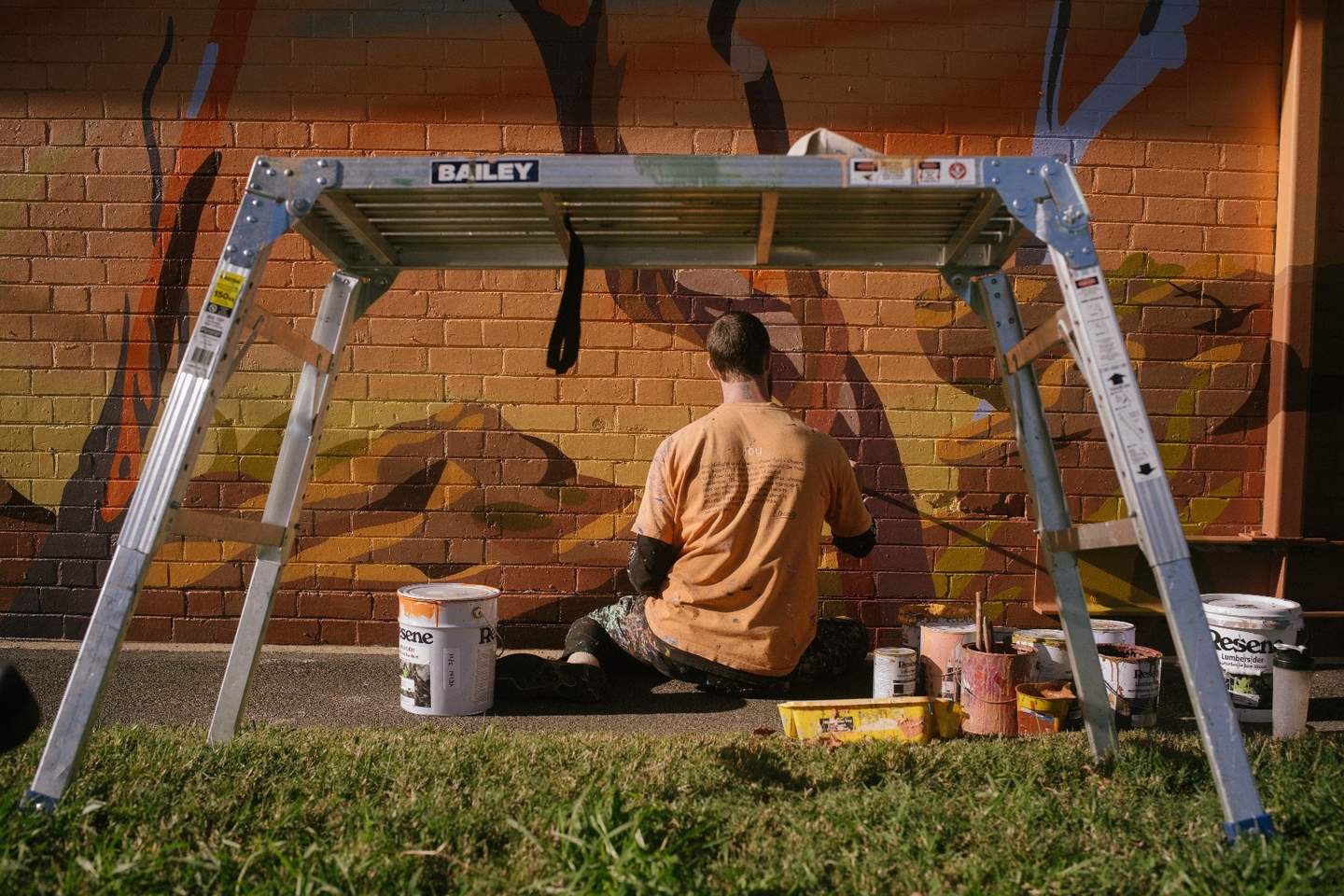Following the impacts of the 2019 bushfire season, Canberra’s waterways have bounced back strongly with 44 reaches showing improvement in the 2021 Waterwatch Catchment Health Indicator Program (CHIP) report.
“Our citizen scientists play a vital role in monitoring, restoring and protecting our local waterways, as well as educating the community about waterway health. The important data and insights found in the CHIP report would not be possible without the work of the many volunteers who are involved,” Minister for Water Shane Rattenbury said.
“The 2021 CHIP report, which outlines the findings and insights from 2,179 water quality, waterbug and riparian condition surveys, was conducted by over 200 volunteers, so I would like to extend my thanks to those involved for all that they do to protect our waterways.
“The CHIP report provides both the community and the ACT Government with a greater understanding of the health of our waterways, waterbugs and riparian vegetation. The regular surveys offer valuable insights into catchment health, which is important information for natural resource managers and policy makers.”
Nearly 230 sites were surveyed across Cooma, Ginninderra, Molonglo, Southern ACT and Yass. Out of 96 reports cards, 49 results were rated excellent or good, 45 were rated as fair, and none were rated as degraded.
The report found that 2021 was the fifth wettest year on record, which had a positive impact on our waterways. As a result, phosphorus concentrations declined since the impacts of the bushfires, causing rivers to become clearer, with catchments like Hospital and Bogong creeks in Namadgi National Park bouncing back with marked improvements.
While the 2021 CHIP report is overwhelmingly positive, not all the reaches showed improvement. Of the 18 reaches showing declines, half were in urban wetlands and waterways, including Lake Tuggeranong and Lake Ginninderra as well as some smaller wetlands.
“High nutrient levels in the form of nitrate and phosphorus were regularly detected washing off the surrounding suburbs, and waterways adjacent to development sites continued to experience high turbidity,” Minister Rattenbury said.
“This highlights the importance of us all doing our bit in suburbia to improve stormwater by actions such as cleaning up the leaves in our gutters. It also shows the value of having more naturalised urban landscapes to treat stormwater before it enters rivers and streams, a function many of our wetlands deliver.
“The recently constructed Holder Wetlands, where we are launching the 2021 CHIP report today, is already demonstrating how effective wetlands are at drawing nutrients out of the system. Early data from this site is showing promising results, with degraded levels of nitrate and phosphorus entering the wetland reduced tenfold upon leaving the wetland. This ultimately sends better quality water into our rivers and helps reduce the incidence of harmful blue-green algae in our waterways.”







